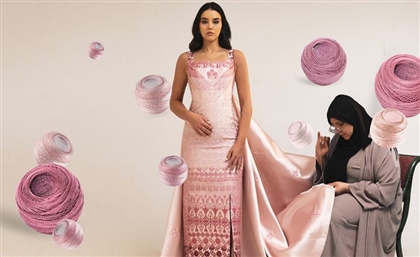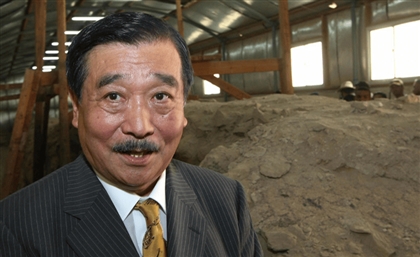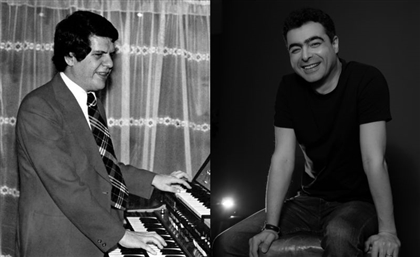In Ruaa El Mansuri's New Collection Libyan Archives Meet 80s Whimsy
The collection's power lives in its silhouettes; Amazigh heritage is reimagined through an anachronistic lens. Archival photographs converge with the goth whimsy of Beetlejuice and Lisa Frankenstein.

Libyan-British designer Ruaa El Mansuri has been composing séance-esque poems through fashion. A cartographer of cultural crossroads, she obsesses over dualities, structure and layers; through her latest collection her map becomes more introspective. The SS’26 collection—which debuted in Fashion Scout’s ‘Ones To Watch’ group show—is a concise and potent six-look narrative of memories that never were, of histories nearly forgotten, of a strength found in the delicate interplay between armour and skin.
The collection builds on her ongoing conversation between heritage and modernity, folding archival memory into contemporary silhouettes. The mood, as she describes it, is one of “resilience and renewal,” carrying “a quiet strength, reflecting on the past… with a slight sense of nostalgia, for a memory that never really existed.” This is an act of imaginative archaeology, building a bridge between memory and invention.
Muse: Silhouettes from a Cinematic Archive
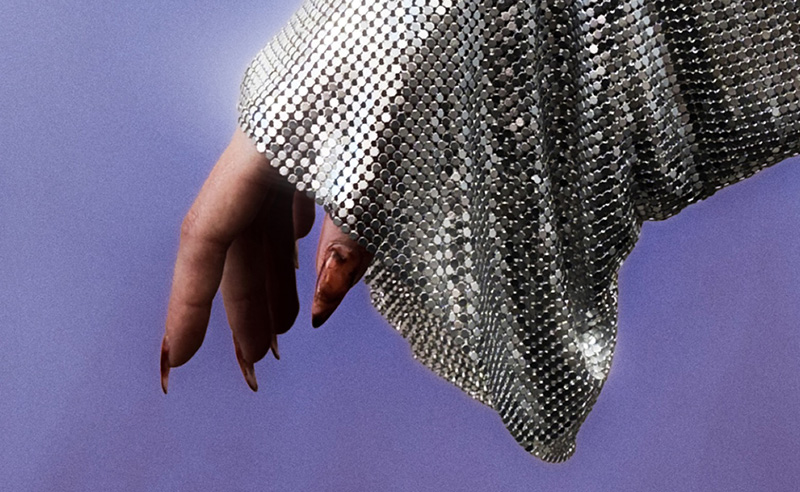
The true narrative heft of the collection lies in its silhouettes, which are deeply personal re-imaginings of Libyan and Amazigh heritage, viewed through a wonderfully anachronistic lens. El Mansuri’s references are as specific as they are evocative: archival photographs of Libyan women, the anti-colonial epic Lion of the Desert, and the gothic, comic surrealism of Beetlejuice and Lisa Frankenstein.
This unlikely fusion is alchemised into something entirely new. Look 1 is a masterful reinterpretation of the houli, a traditional North African draped garment. Here, it becomes a knotted one-shoulder dress in red silk taffeta, its foldable hood a piece of functional sculpture—able to be a cowl or a bustle. Hoods recur, nodding to the farashia and tmalfa, but are stripped of quaintness, rendered with a modern, almost theatrical whimsy.
“So much of the inspiration for the silhouettes came from Libyan visual history, especially the transitional period after decolonisation and during the monarchy,” El Mansuri explains. “There’s a real sense of rebirth and identity formation in that era that feels deeply cinematic to me.” She has tapped into history’s restless, formative energy, channelling it into bold, contemporary statements.
Mood & Palette

The collection’s emotional landscape is first glimpsed in its colour palette. A royal purple speaks of profound dignity. A bold red bleeds with passion and defiance. These are grounded by the timeless grammar of classic black and beige, punctuated by the unexpected glint of shimmering metallics. “It comes from an emotional place rather than a purely aesthetic one,” El Mansuri notes, framing these choices as a lexicon of power retrieved from an emotional wellspring.
This dialogue between vulnerability and fortitude is rendered physically in the materials. Fluid satins and soft velvets cascade beside chainmail textures and structured taffeta. A heavy wool coat possesses a sculptural gravity, while a whisper of chiffon suggests the ghost of a form beneath. The tension is the very point. It is a wardrobe for the modern psyche—part fortress, part sanctuary.
“I wanted the materials to echo a tension between delicacy and armour, vulnerability and power,”
The Craft
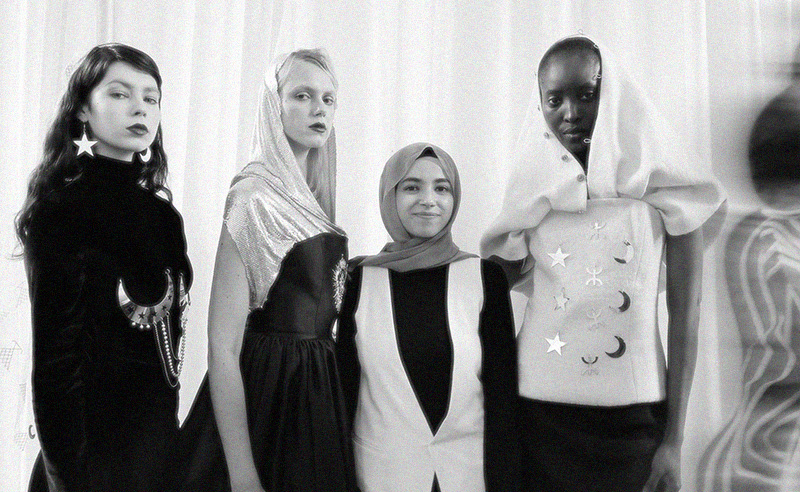
The devil, and the divinity, is in the details. This collection marks an evolution in craft, with El Mansuri collaborating closely with artisans to embed the garments with coded meaning. An embroidered tulle veil bears the fierce, famous anti-colonial quote by Omar Al Mokhtar: “We won’t surrender, we win or die.” A taffeta dress is emblazoned with the emblem of Libya’s short-lived monarchy, a deliberate act of recalling a complex historical moment.
Elsewhere, silver-plated celestial and Amazigh motifs function as embellishments, and custom buttons are forged from recomposed vintage coins. One of the most poignant touches is the use of a “traditional loom-made Amazigh wool cloth that’s been passed down generations,” literally giving a family heirloom a second life.
So, what statement does such a nuanced collection make in the clamour of contemporary fashion? For El Mansuri, it is “a quiet rebellion.” It posits that fashion can be both poetic and responsible, that looking forward does not require erasing the past, but rather, reinterpreting it with intelligence and grace.
On a personal level, the designer reveals this collection is “a stepping stone in evolving the vision I have for the brand and trusting it.” And that trust is well-placed. Ruaa El Mansuri is not just designing clothes; she is curating a cultural sensibility, proving that the most powerful statements are often made in a resonant, compelling whisper.
How to Style
Amina Muaddi — Veneda Stretch Thigh High Boot Black Fine Knit
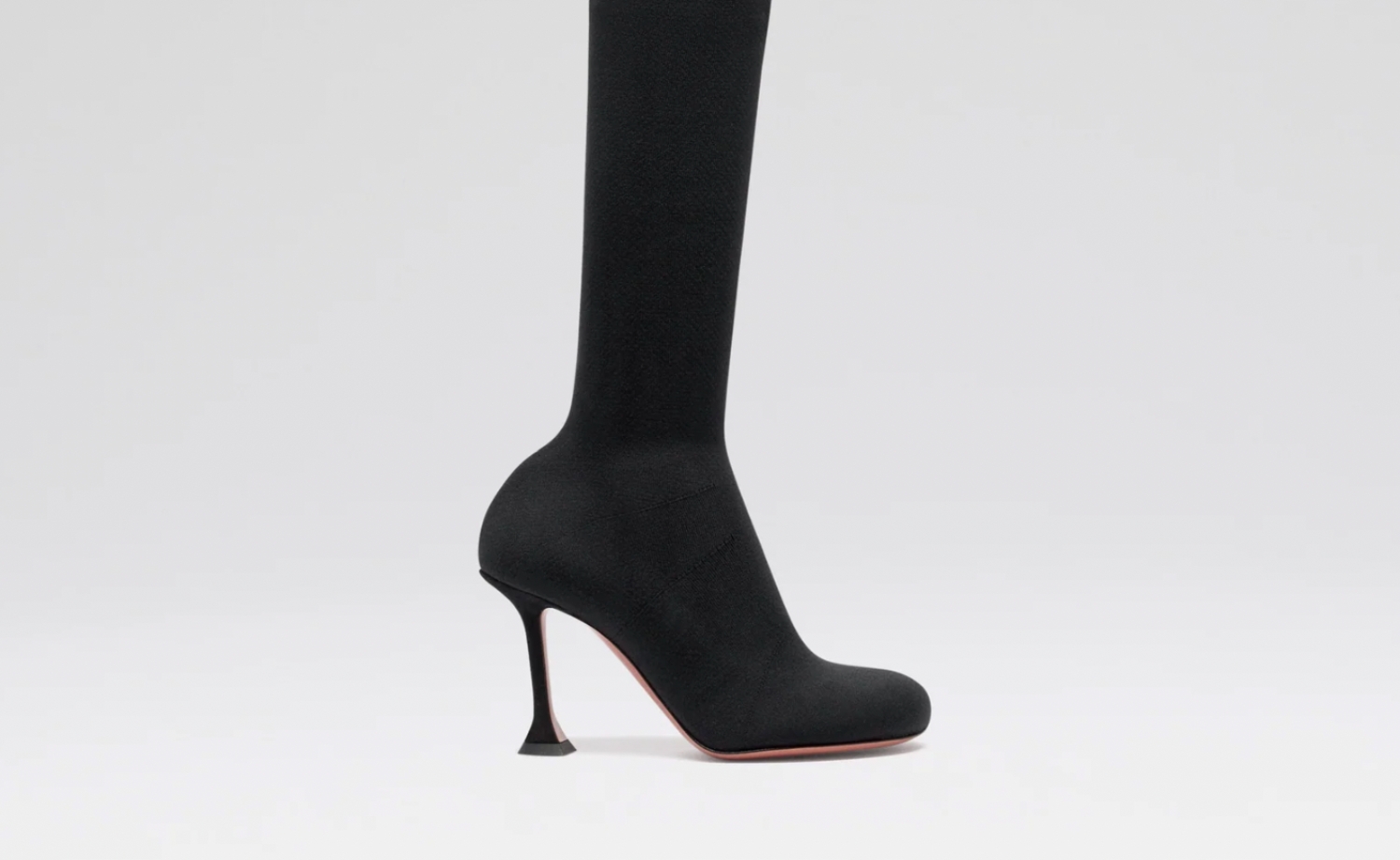
Velvet Desert — Desert Tale Necklace
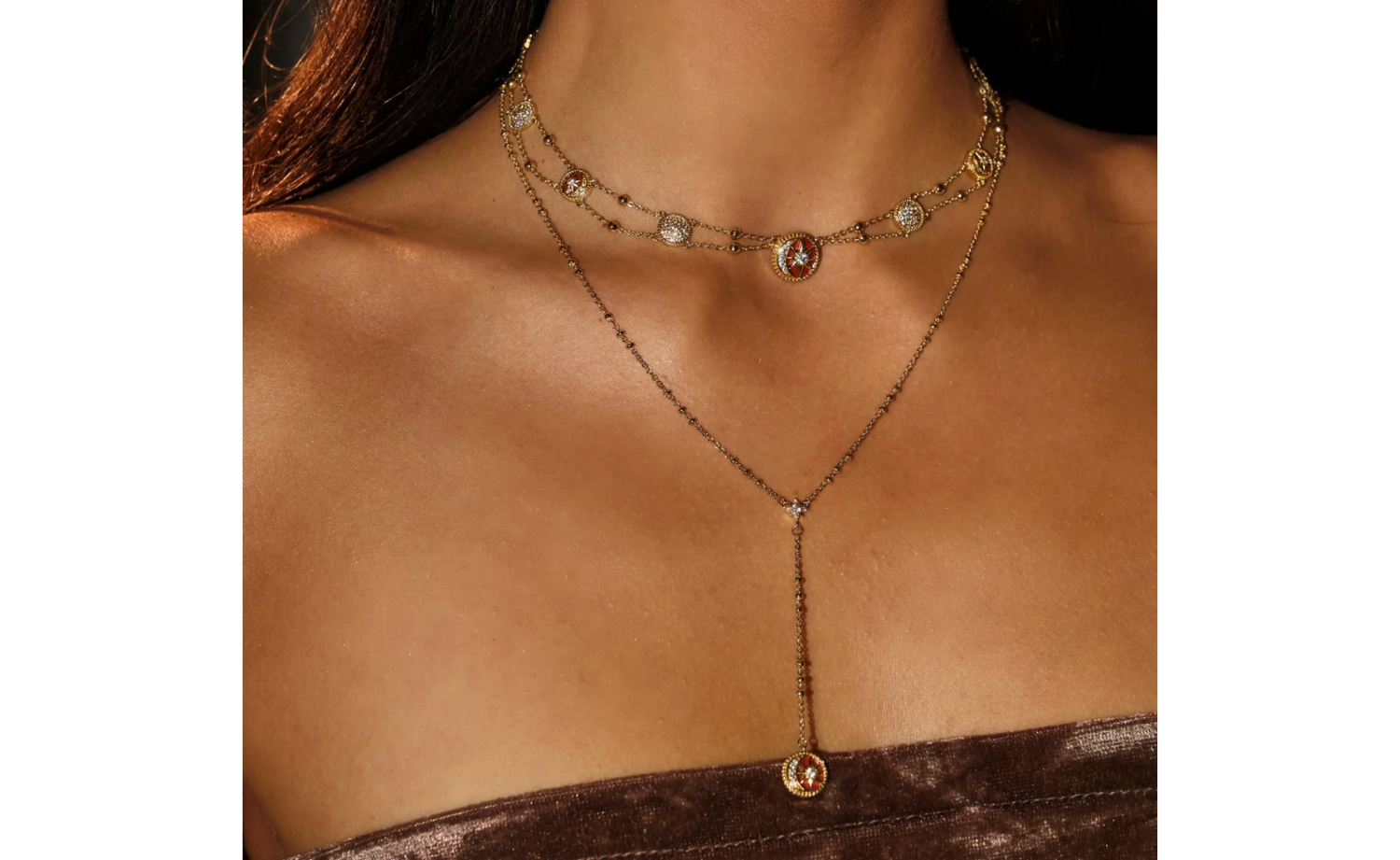
Nashwa Jewelry — Flick Ring
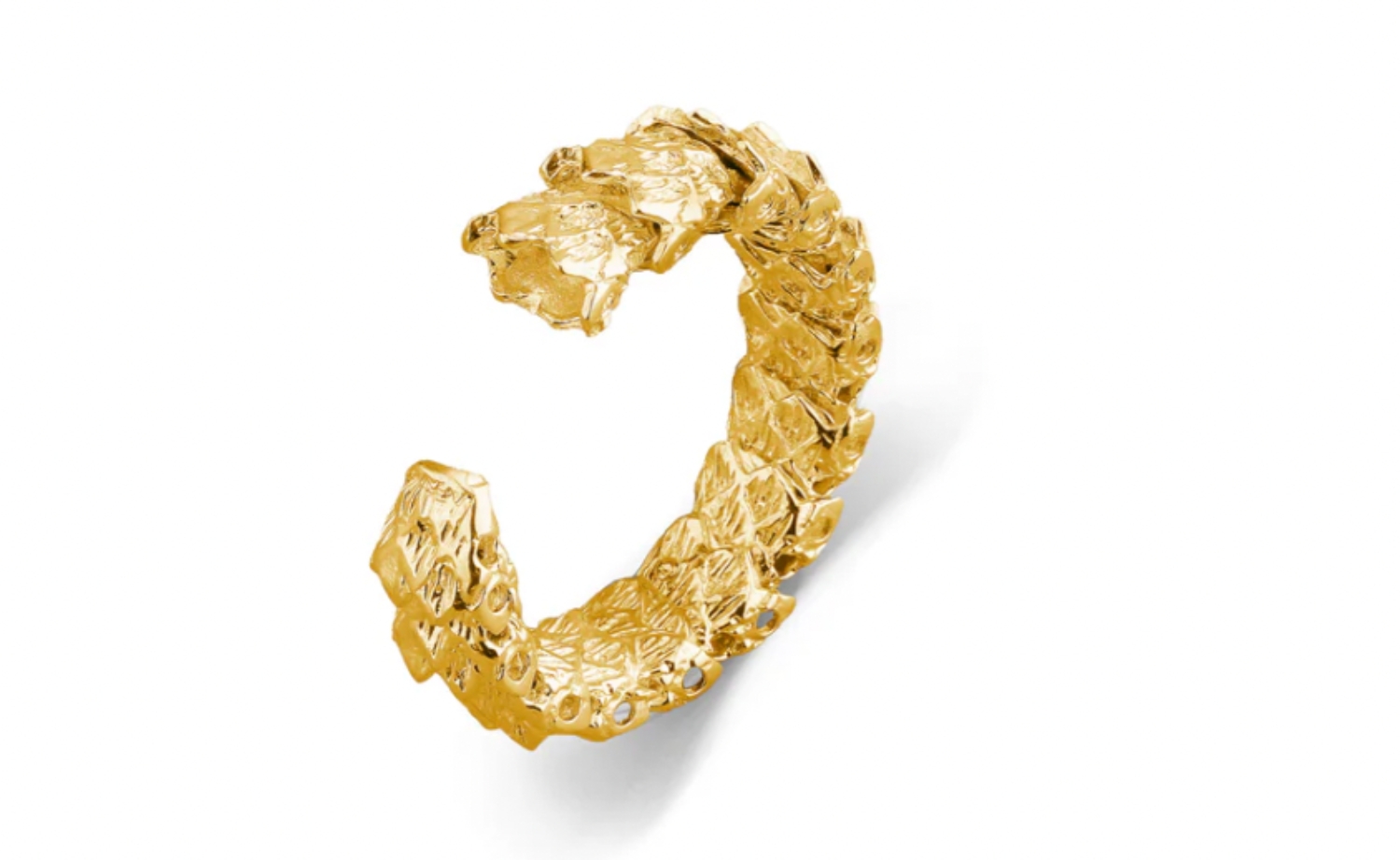
Alaïa — Sphere Bracelet Bag In Calfskin
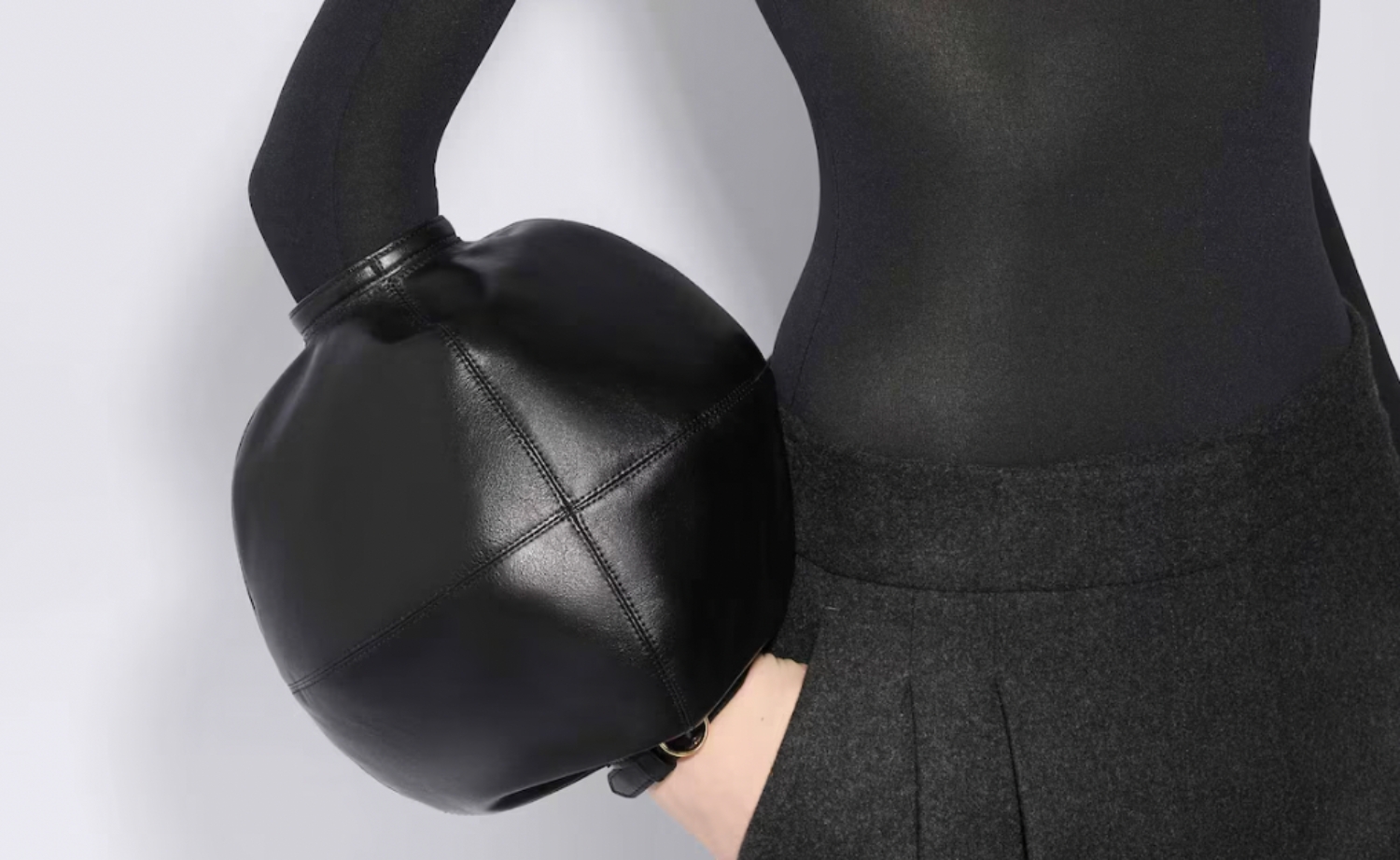
Dior — Diorshow 5 Couleurs - Limited Edition

Chanel — Les Beiges Water-Fresh Blush in Intense Coral
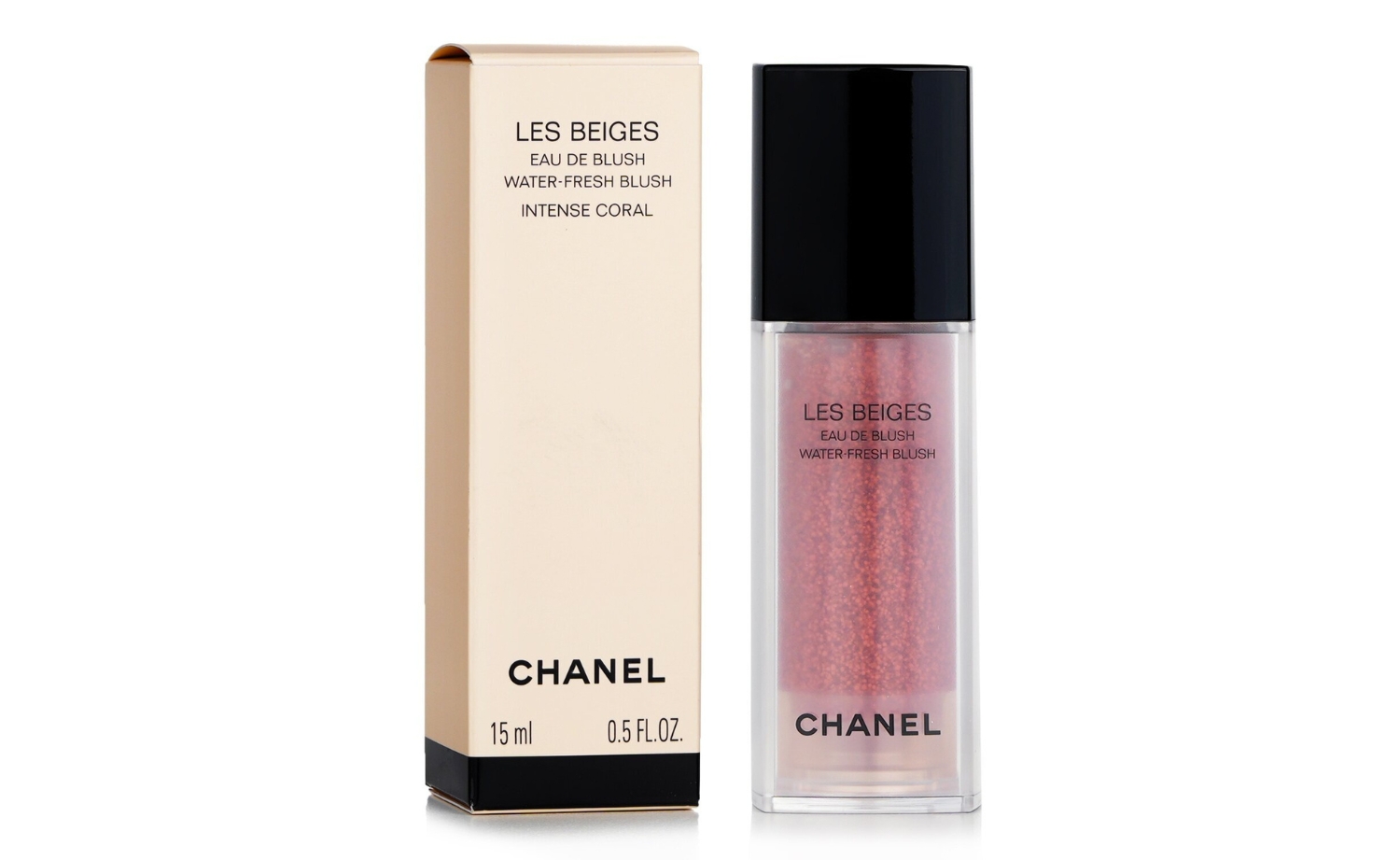
Yves Saint Laurent — Muse

- Previous Article Al-Azhar University Opens Indonesian Language Department
- Next Article Saudi Aviation Reaches 103 Million Passengers & 170 Destinations








